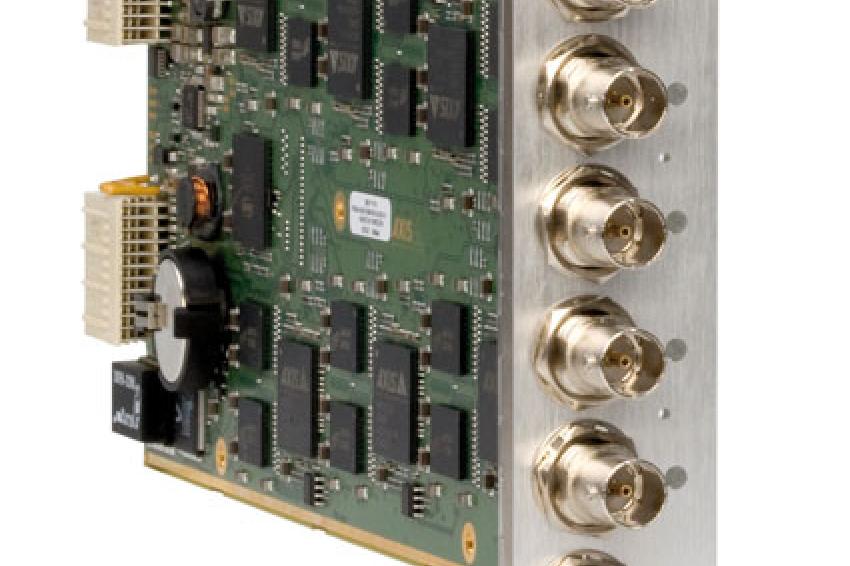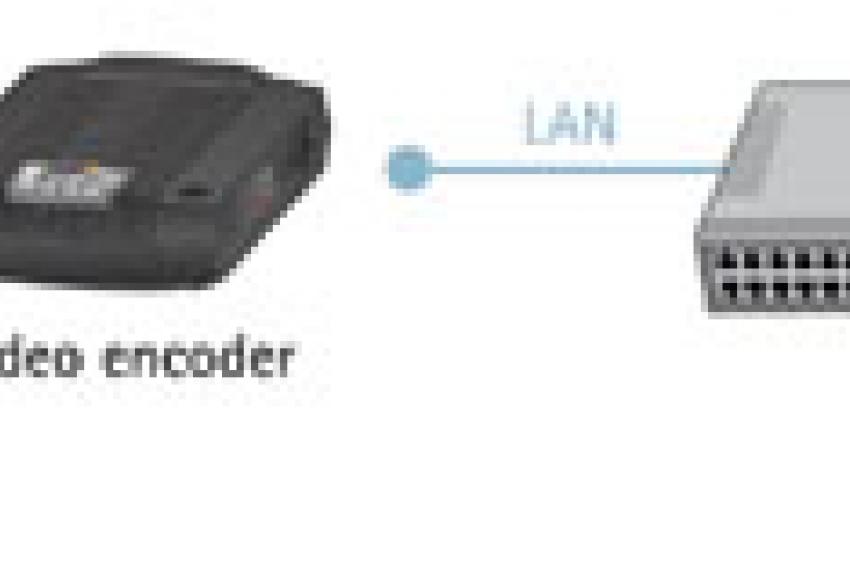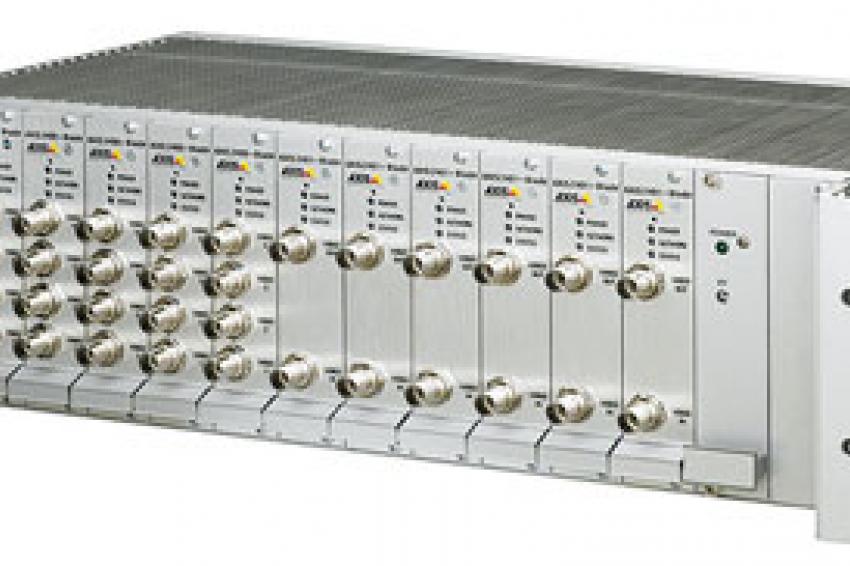A Lasting Legacy
Bringing Analog Technology into the World of Networked Video
Of the estimated 40 million surveillance cameras installed around the world today, approximately 95 percent of them are analog. Considering that the average lifespan of those cameras is five to seven years, much of that technology is still in good working condition. So for businesses considering an upgrade to newer network technology, there are sound fiscal reasons for wanting to incorporate existing analog cameras in their migration strategy.
Rather than force security managers to choose between an IP-based or an analog-based video surveillance system, video encoders - sometimes referred to as video servers - offer a way to merge the two technologies into a single solution and enable the transition to IP. The advantages are multifold: not only can a company extend the useful life of existing investments while reaping the many benefits afforded by IP-based technology, but the solution creates a future-proof platform for ongoing surveillance initiatives.
Video encoders basically convert an incoming analog video signal into a digitized video stream that is identical to one coming from a network camera. The resulting data stream, compressed through a video compression standard like Motion JPEG or H.264, is transmitted over the data network and can be fully integrated into the network video system to achieve scalability, openness and cost efficiency.
The most common video encoder is a standalone system with a single or multi-channel (typically four) connection to analog cameras. These types of encoders operate most efficiently when positioned close to the analog cameras. They are typically used in situations where a few analog cameras are placed in a remote facility, or where the setup is some distance from the central monitoring room. High-density rack solutions with blade versions of the encoders are more prevalent in larger, centralized video surveillance installations where analog cameras and coax cabling are already installed.
IP Technology for Enhancing Analog Cameras
Video encoders provide a multitude of advanced functions that can enable analog cameras in a hybrid system to support many of the features and functions otherwise limited to network cameras. For instance, many video encoders offer pan/tilt/zoom (PTZ) control so that a user can redirect an analog PTZ camera over the network by moving a computer mouse or joystick. If the video encoder supports Power over Ethernet (PoE), both the encoder and the analog camera connected to it may receive power through the same cable used for data transmission. This provides substantial savings because it avoids the cost of installing separate power cables.
Some video encoders support image fine-tuning as well as aspect ratio correction to avoid image distortion when viewed on a PC screen. High-performance video encoders deliver full frame rate (30 fps in NTSC and 25 fps in PAL) in all resolutions for all video channels. Furthermore, unlike analog transmissions, digital images retain their quality regardless of the distance the signal needs to travel. Some higher-end encoders have the ability to provide multi-stream encoding for each channel. For example, you can create two different compression and resolution streams for a single analog camera's transmission. One stream of a few frames per second could be sent for remote archiving while a full frame rate, high-resolution stream could be stored locally.
A video encoder can provide video motion detection to all the attached cameras as well as camera tampering alarms, event management and integrated audio support. The technology also provides a foundation for more intelligent video features such as license plate recognition, people counting and other analytics.
Future-proofing the Surveillance Network
Introducing video encoders into an analog solution improves flexibility and scalability, as well as providing a logical and cost-effective migration path from legacy to IP-based video surveillance. The video encoders facilitate one of the more appealing features of an IP-based system: the straightforwardness of adding new cameras and moving them around. Instead of running lengths of coaxial cable to a new location, an analog camera can be easily plugged into a video encoder at the new installation site. And, since video recording and management in an IP-based solution are based on standardized computer hardware, businesses can choose best of breed from a multitude of competitive vendors whenever more storage is needed or parts of the infrastructure require upgrading.
The open standards platform provides other advantages as well. Video encoders employ universally accepted compression standards such as Motion JPEG, MPEG-4 or H.264, which consume less bandwidth and require less storage capacity for archiving. Not only do the standards avoid the dead-end options created by proprietary technology such as digital video recorders (DVRs), they open up the surveillance system for integration with other technology such as building management and entry control systems as well as point-of-sale registers. This flexibility increases the value of the surveillance investment to the company's overall operational success.
Migrating from analog video to IP-based surveillance can be fraught with challenges, especially in enterprise installations where companies are looking to protect their large investment in analog cameras. By introducing video encoders into an analog video surveillance configuration, security managers can maintain their legacy investment while acquiring a host of useful network-enabled features. This hybrid stepping stone towards an open IP-based video surveillance solution is virtually future-proof because it allows users to add network cameras to the system at their own pace while experiencing all the benefits of a networked operation along the way - including high-resolution video with progressive scan, megapixel and HDTV image quality.
High Performance, Single Channel Solution
The palm-sized, standalone Axis M7001 is designed for installation close to an analog camera. It supports all types of analog cameras, including PTZ (pan/tilt/zoom) and PTZ domes, and is ideal for small and large analog video installations, especially where an IP network infrastructure is already in place. Its small size also makes it ideal for use in discreet surveillance applications, for example in retail stores and banks and in camera housings.
This device can deliver two simultaneous video streams, one in H.264 and another in Motion JPEG, at full frame rate in all resolutions up to D1 (720x480 in NTSC, 720x576 in PAL). The H.264 video compression format drastically reduces bandwidth and storage requirements without compromising image quality. Motion JPEG is also supported for increased flexibility. The video encoder also provides video motion detection. The M7001 is powered over Ethernet using the same cable as for data transmission, which simplifies installation.
Designed for improved serviceability and quick replacement of units, a rack solution can hold up to 12 interchangeable and hot-swappable blades - there is no need to power down when installing or changing blades. A Server Rack is a 19-inch cabinet that provides 12 slots for the Axis blade video servers. It provides network, serial communication and I/O connectors at the rear of each slot, and a common power supply for the blade video servers.











